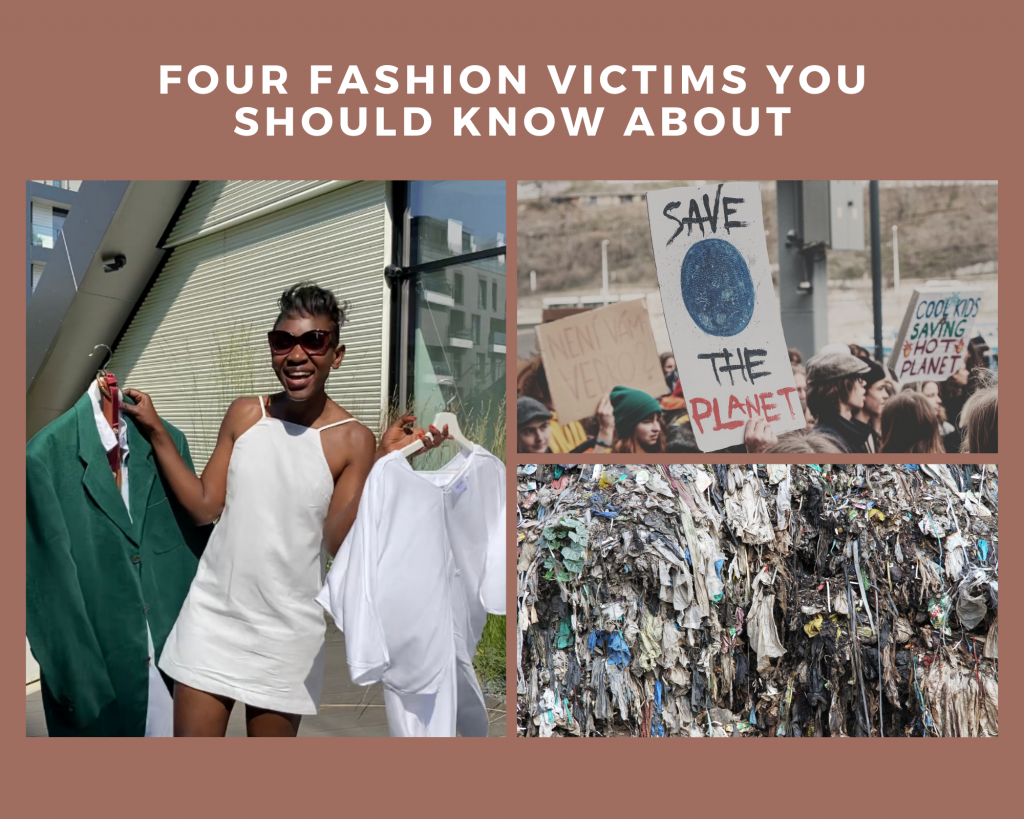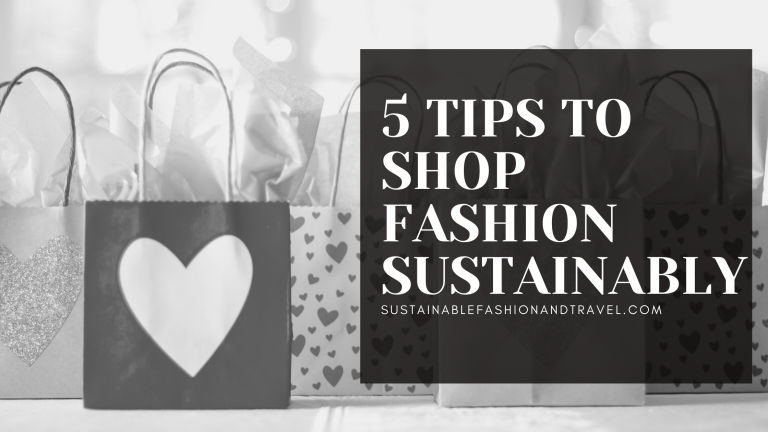Did you know that the fashion industry targets four primary victims through its practices? From exploiting labor to harming animals and the environment, the industry has a huge and often negative impact on various facets of life. Through my journey, I am always learning. The more I learn, the more I find out that I still need to learn. In this article, we delve into these four fashion victims you should know about and consider each time you choose your next outfit.
Who Are These Victims?
The term victim, according to Oxford Learner’s Dictionaries, refers to someone who has been tricked, violently attacked, or negatively affected by a situation. With this definition in mind, let’s explore the four fashion victims and their significance.
The Workers
Garment workers have long been exploited by the fashion industry. They often endure poor working conditions, inadequate pay, and extremely long hours with no rights to unionize. A tragic example is the Rana Plaza incident , which led to the deaths of thousands of garment workers and sparked the PayUp campaign demanding better conditions and compensation for labourers.
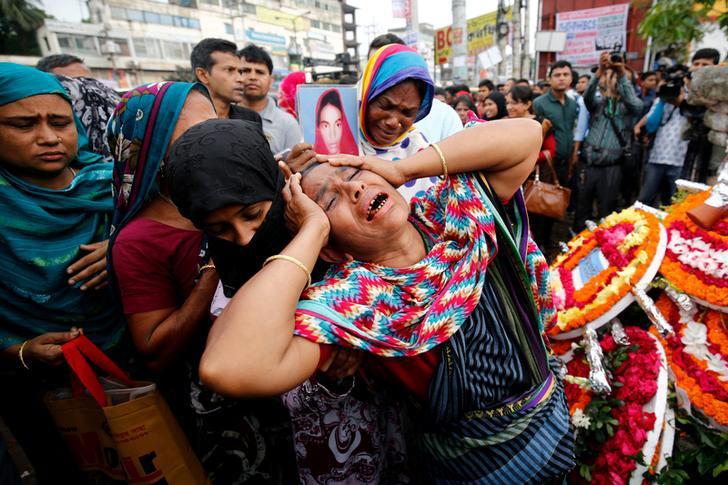
ANIMALS
Animals
Billions of animals are used in the fashion industry annually, as noted by Common Objective. Materials such as leather, fur, wool, and silk involve cruel practices and inhumane treatments. If you’re unaware of how harshly these materials are sourced, check out the “Must Watch Conscious Fashion Documentaries” for a detailed and graphic exposé by DWTV.
The graph below shows how many animals are used in the fashion industry for source of materials.
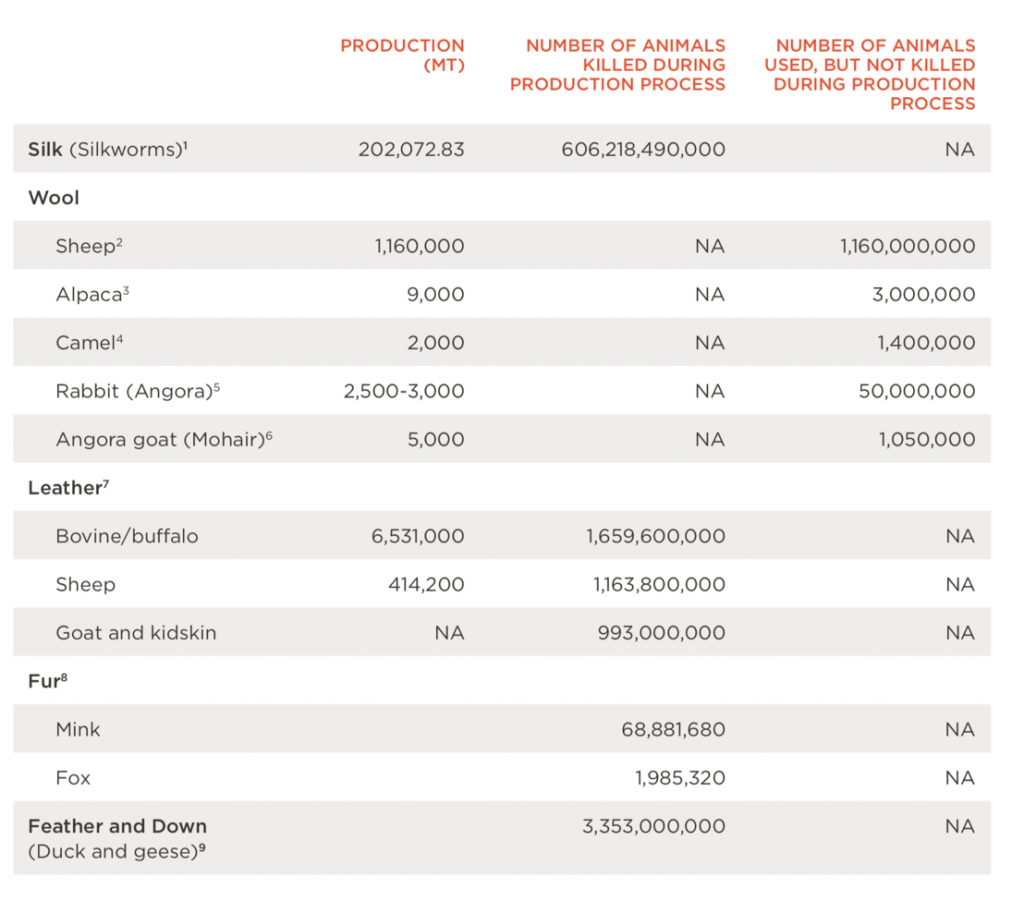
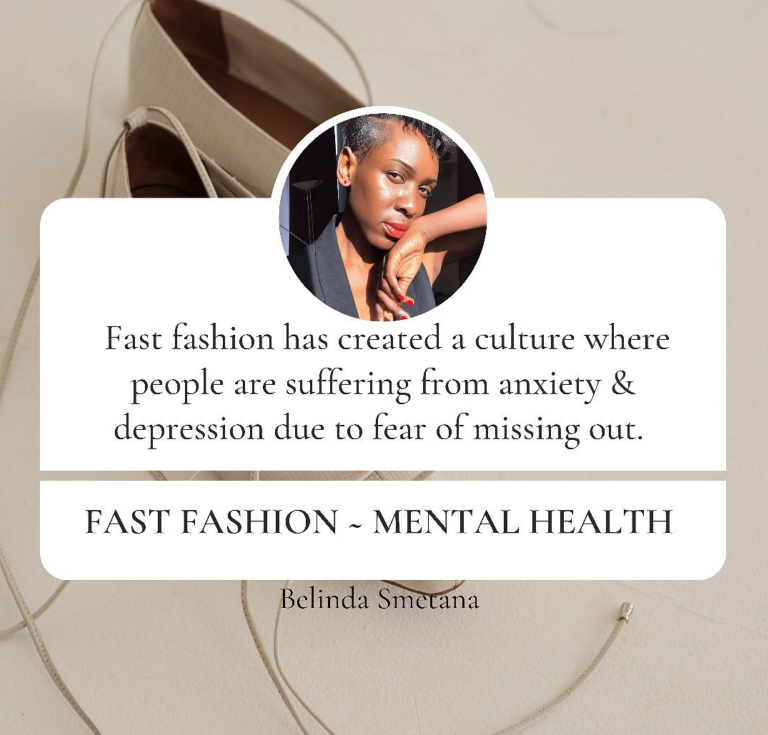
The Consumers
Consumers are also victims of the fast fashion cycle. The idea of retail therapy encourages people to shop to feel temporarily better, often leading to unsustainable shopping habits and credit card debt.
The Fast Fashion industry thrives on this cycle of constant newness and consumption, frequently fueled by influencer and social media marketing. This bombardment can lead to habitual impulse buying, resulting in anxiety, dissatisfaction, and even addiction.
“Retail therapy is built to make you feel better temporarily, but when unchecked, it can lead to deeper mental health issues.” — Lyv-On.com
“The constant updates on new collections, sales, and offers overwhelm consumers, fostering feelings of insecurity, inadequacy, and anxiety.” — Exbulletin.com
If you’re looking to shop more sustainably, click the image below for a step-by-step guide.
The Environment
The environmental cost of fashion is huge. For instance, producing a single pair of jeans requires about 18,000 gallons of water. Growing up in Kibera myself, I remember walking 5-10 kilometers just to fetch 5 gallons of clean water for my family from time to time when we had water rationing. Here are three more jaw-dropping facts:
I’ve attached sources in case you are interested in reading more.
1. Did you know that from the clothes you donate, 90% end up in landfills? 2. Did you now that 8-10% of global greenhouse emission comes from the fashion industry? 3. And finally, did you know that textile dyeing is the second largest water polluter?
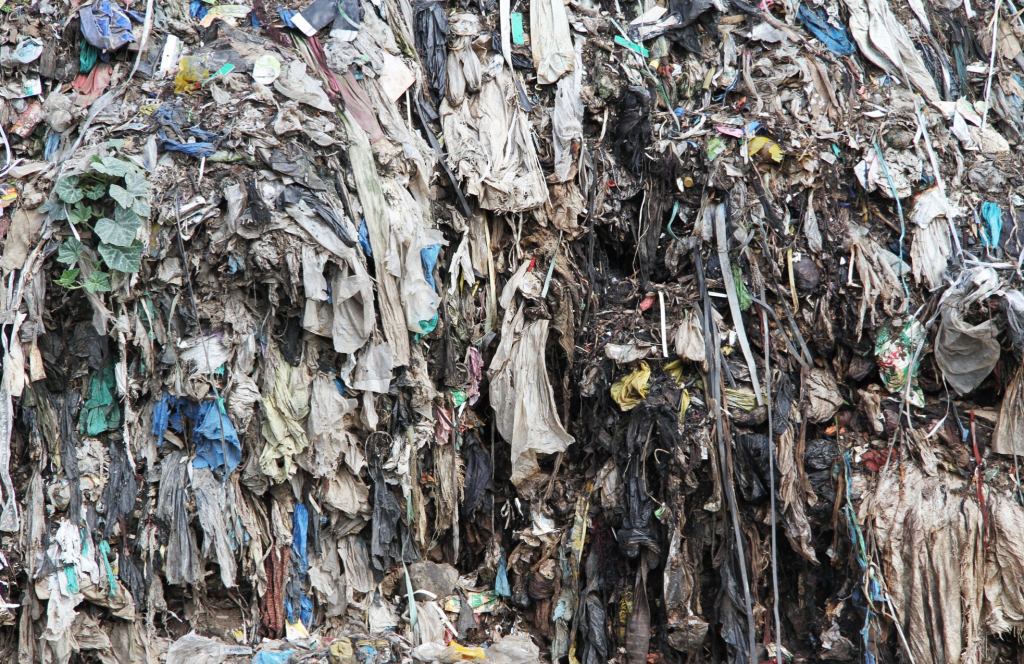
The fashion industry’s impact on workers, animals, consumers, and the environment underscores the importance of conscious consumerism. By understanding these victims, we can make more informed and ethical choices.
As usual, thanks for stopping by. I always appreciate your thoughts so don’t hesitate to leave a comment. Let’s connect via social media links below is if are not yet connected 🙂
